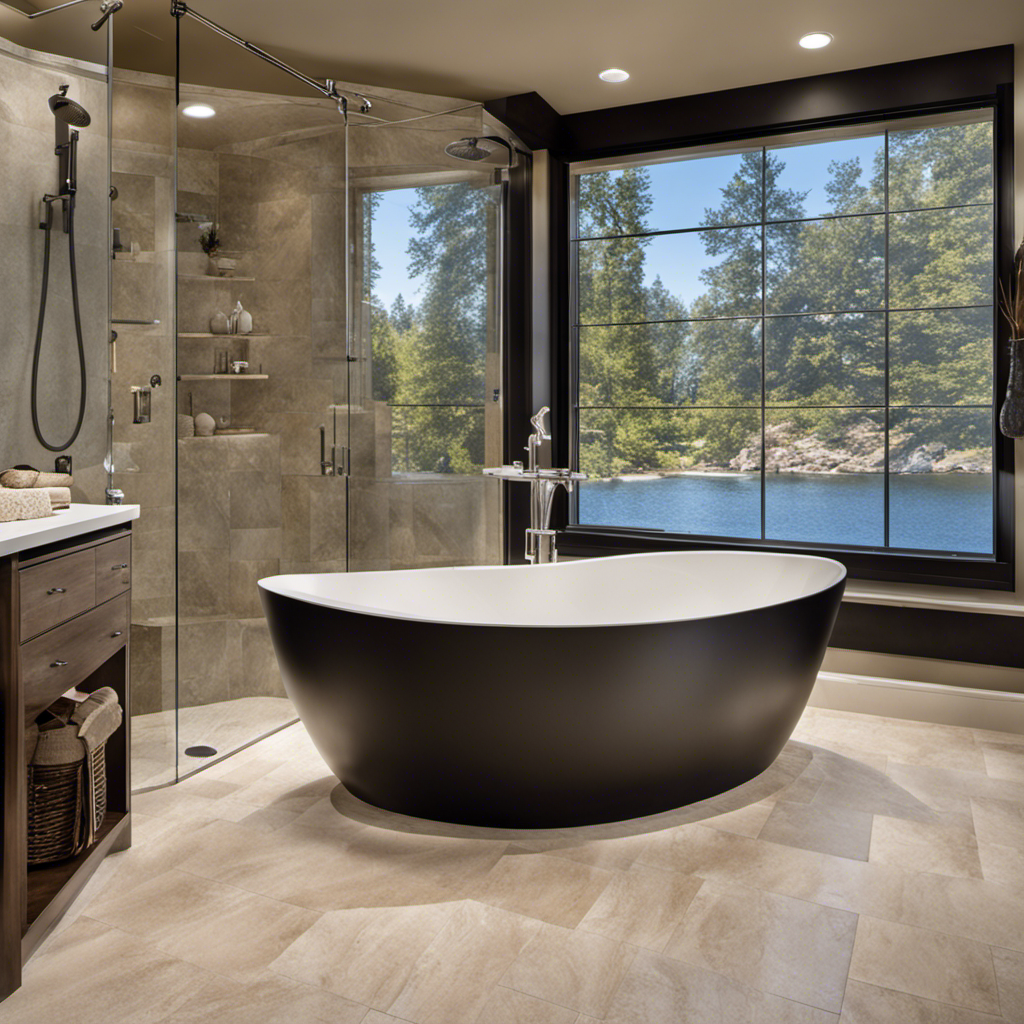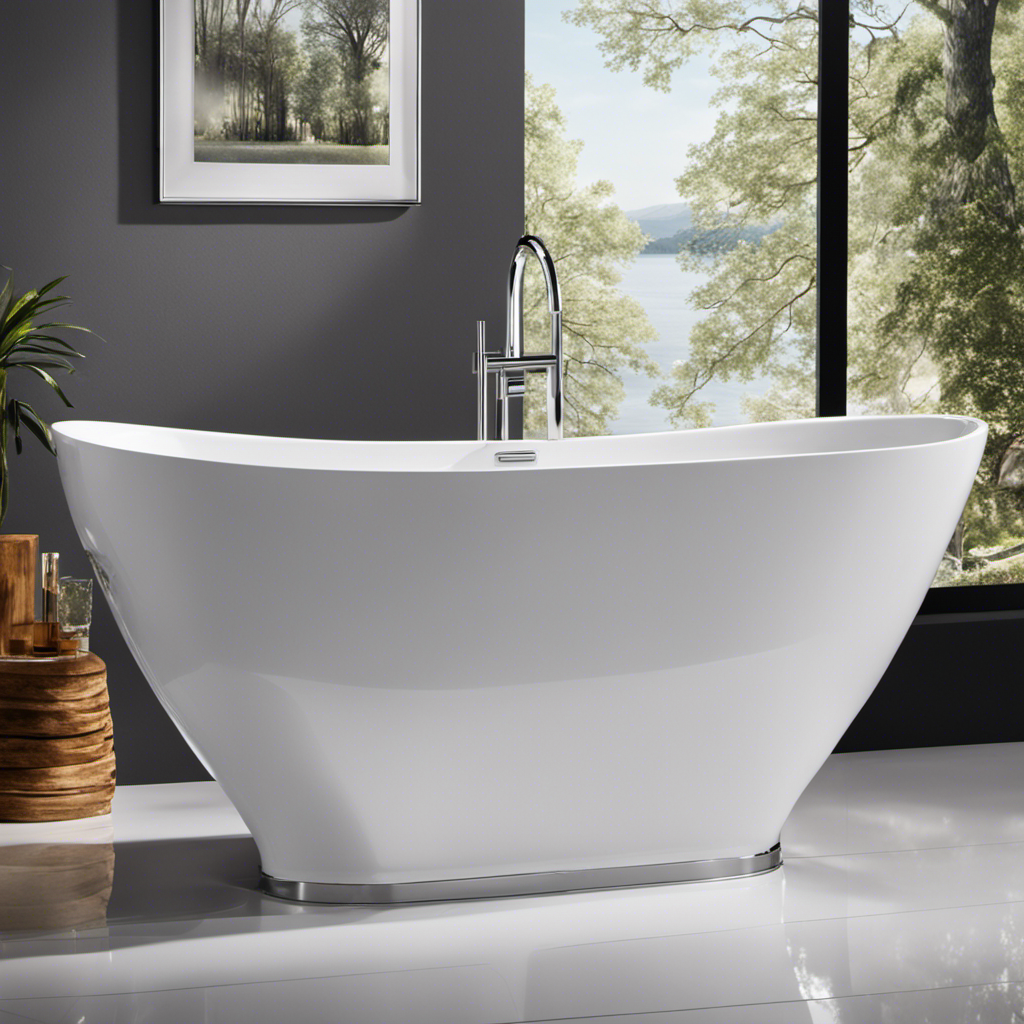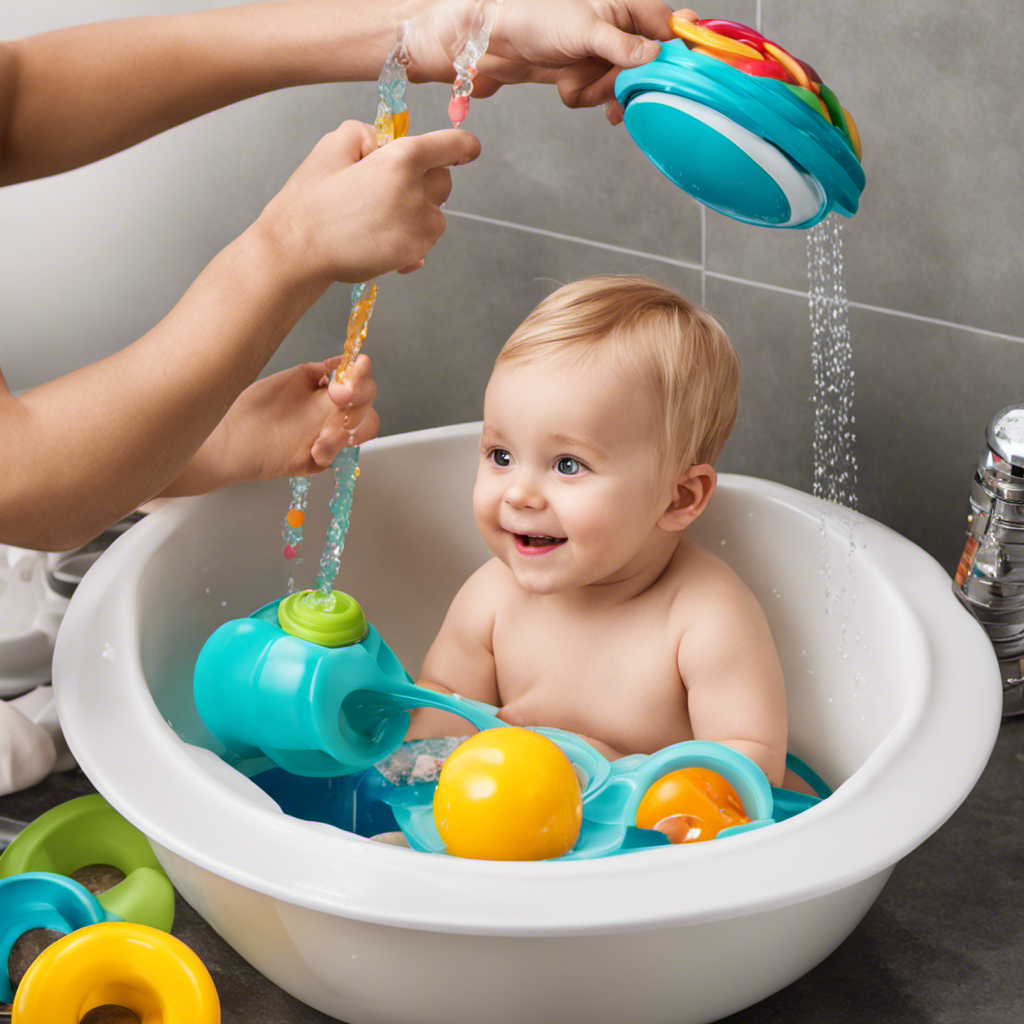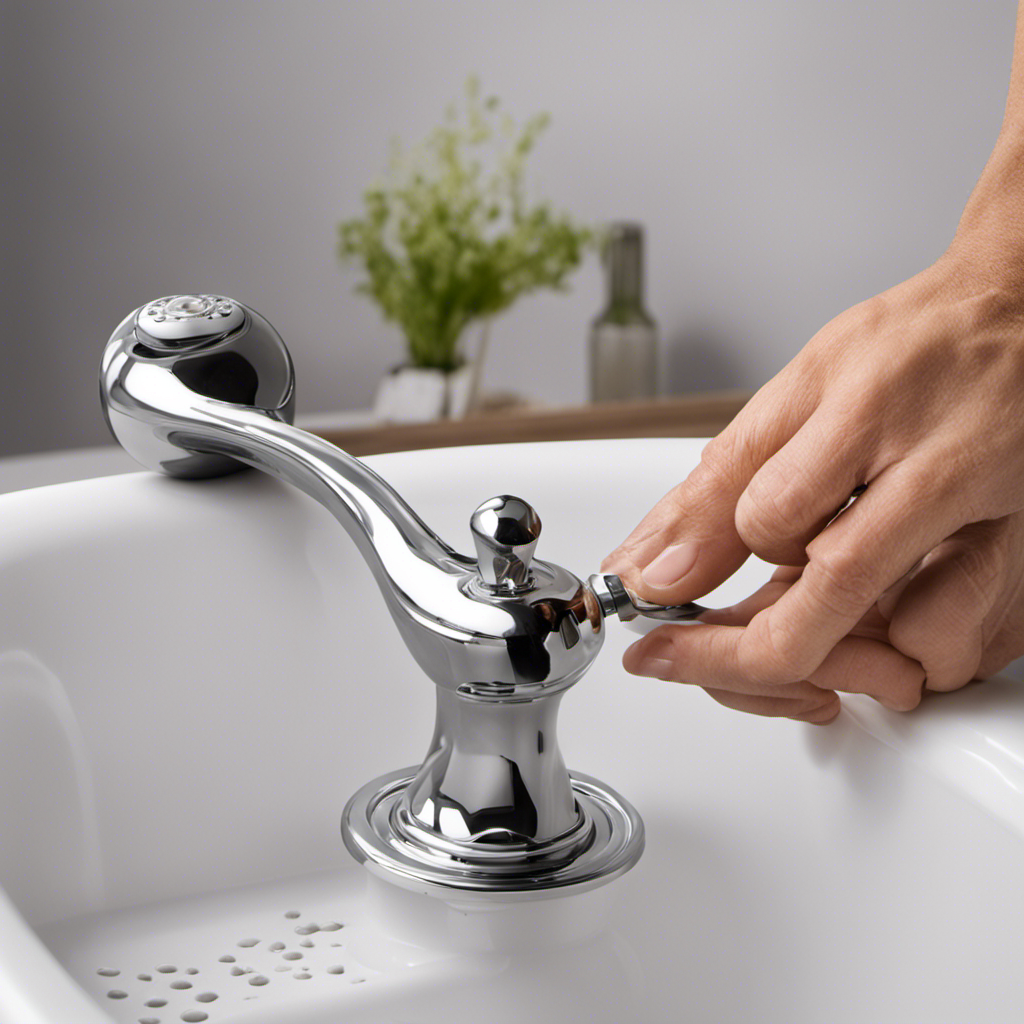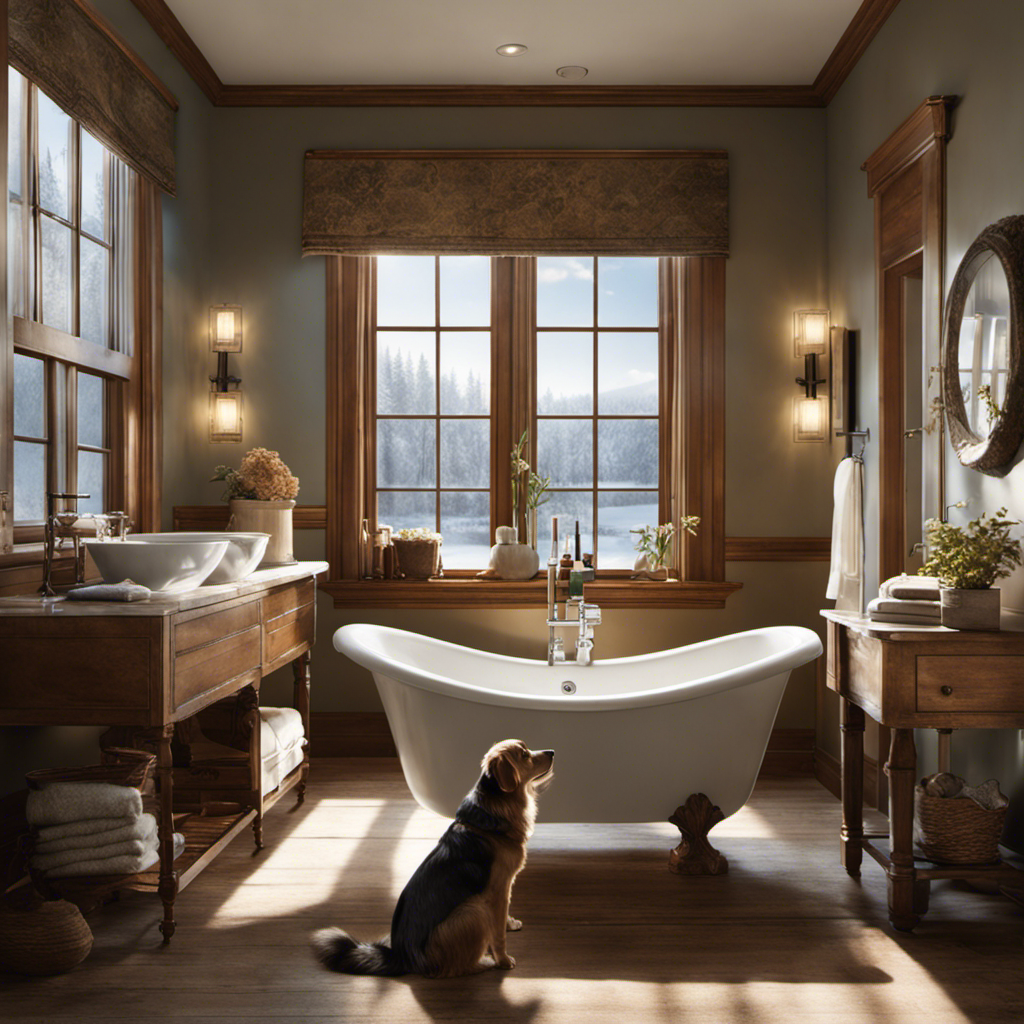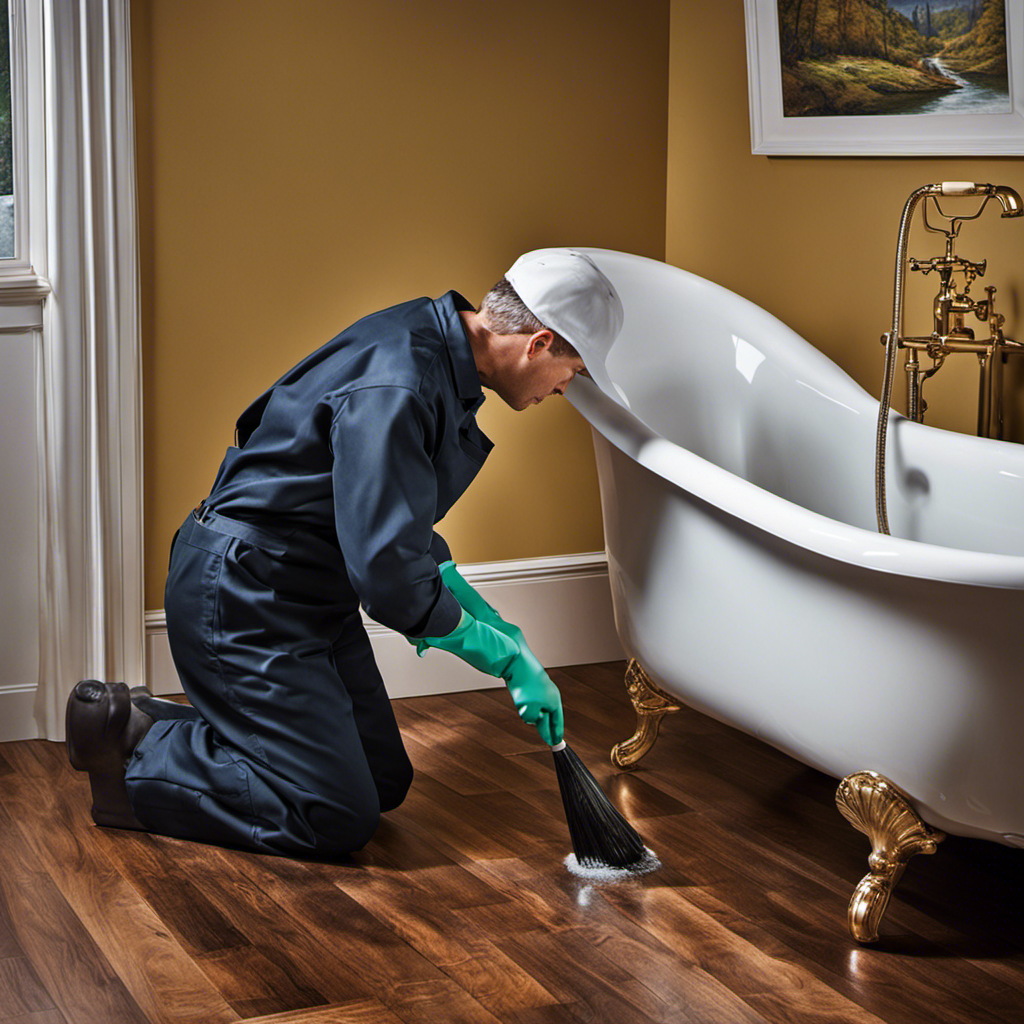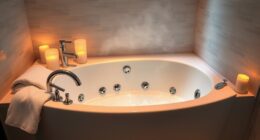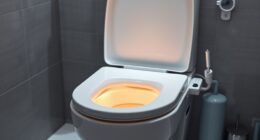As a DIY enthusiast, I’ve tackled many challenging home improvement projects, but converting a shower into a bathtub was like diving into uncharted waters.
In this step-by-step guide, I’ll walk you through the process, sharing my expertise and insider tips along the way.
From assessing the space to installing the bathtub and considering plumbing requirements, we’ll cover it all.
Get ready to transform your bathroom into a serene oasis with this comprehensive tutorial.
Let’s dive in!
Key Takeaways
- Measure the dimensions of the shower area and assess the available space in the bathroom to ensure proper bathtub fit.
- Consider necessary modifications, structural limitations, and cost implications of removing the shower and installing a bathtub.
- Disconnect plumbing and remove tiles and waterproofing membrane when removing the shower.
- Pay attention to plumbing considerations such as drainage system assessment, water pressure, compatibility of water supply lines, and proper alignment of supply lines when installing a bathtub.
Assessing the Space
Now, you’ll need to take a look at the available space in your bathroom to determine if it’s suitable for converting your shower into a bathtub.
Start by measuring the dimensions of the shower area. Measure the length, width, and height to ensure that the bathtub you choose will fit properly.
Additionally, evaluate the necessary modifications that need to be made to accommodate the bathtub. This may include removing existing fixtures, such as the showerhead and controls, and making adjustments to the plumbing and drainage systems.
It is important to consider any structural limitations and consult with a professional if needed.
Once you have assessed the space and determined the necessary modifications, you can move on to the next step of removing the shower.
Removing the Shower
First, you’ll need to start by removing the shower to make space for the bathtub. This step is crucial in the process of converting a shower into a bathtub. Here are three important things to consider during this process:
-
Disconnect Plumbing: Before removing the shower, turn off the water supply and disconnect the plumbing. This involves shutting off the water valves, removing the showerhead, and disconnecting any pipes or fittings.
-
Remove Tiles and Waterproofing: Carefully remove the tiles surrounding the shower area. This will expose the waterproofing membrane underneath. Remove the waterproofing membrane to ensure a fresh start for the bathtub installation.
-
Evaluate Cost Implications: Removing a shower and installing a bathtub involves both labor and material costs. Consider factors such as plumbing modifications, tile replacement, and potential repairs to the walls or floor. Assessing these cost implications beforehand will help you plan your budget effectively.
Installing a Bathtub
To begin installing your new bathtub, make sure you have all the necessary tools and materials ready.
Before diving into the installation process, it’s important to consider the dimensions of your bathtub. Measure the available space in your bathroom to ensure the bathtub fits perfectly. Standard bathtub dimensions range from 60-72 inches in length, 30-42 inches in width, and 14-20 inches in depth.
Next, you’ll need to choose the right material for your bathtub. Popular options include acrylic, fiberglass, cast iron, and porcelain enamel. Each material has its pros and cons, so consider factors such as durability, maintenance, and cost before making a decision.
Once you have your tools, materials, and bathtub dimensions sorted out, you can move on to the next step: plumbing considerations.
Plumbing Considerations
Once you’ve gathered all the necessary materials, it’s crucial to assess the plumbing requirements for your bathtub installation. Here are the key considerations to keep in mind:
-
Drainage system: Ensure that your existing drainage system can handle the increased volume of water from the bathtub. Check if any modifications or upgrades are needed to prevent clogs or slow draining.
-
Water pressure: Verify that your current water pressure is sufficient for a bathtub. Low water pressure can result in weak and unsatisfactory water flow. If needed, install a booster pump or adjust the pressure regulator to ensure optimal water pressure.
-
Water supply lines: Determine if your current water supply lines are compatible with the bathtub. Measure the distance and position of the supply lines to ensure they align properly with the new bathtub fixtures.
Considering these plumbing requirements will ensure a smooth and successful bathtub installation, providing you with a comfortable bathing experience.
Now, let’s move on to the next step – the finishing touches.
Finishing Touches
Now that the plumbing considerations have been addressed, let’s focus on adding the finishing touches to your bathtub installation. One important aspect is the tile selection. Choose a tile that not only complements the overall aesthetic of your bathroom but also provides a non-slip surface for safety. Opt for tiles with a high coefficient of friction to minimize the risk of slipping when the bathtub is wet. Additionally, consider adding a shower curtain to your bathtub. This will help contain water and prevent it from splashing onto the floor. It is important to select a curtain that is water-resistant and easy to clean. With these final touches, your bathtub installation will be complete and ready for use.
| Tile Selection | Adding a Shower Curtain |
|---|---|
| Non-slip surface | Water-resistant |
| Aesthetic appeal | Easy to clean |
| High coefficient | Prevents water splash |
| of friction |
Conclusion
In conclusion, transforming my shower into a bathtub was like finding a hidden oasis in my bathroom.
With careful assessment of the available space and the removal of the shower, I was able to install a luxurious bathtub that added a touch of elegance to my sanctuary.
Considering the plumbing requirements and adding those finishing touches brought the whole project together.
Now, every time I step into my new bathtub, it feels like I’m diving into a pool of relaxation.
